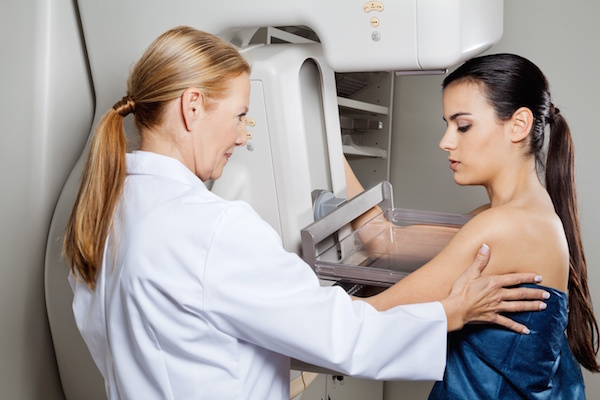
WEDNESDAY, Nov. 10 (HealthDay News) — Researchers have pinpointed a gene with multiple mutations that seems to separate people who die quickly from acute myeloid leukemia (AML) from those who do not.
The findings, appearing in the Nov. 11 issue of the New England Journal of Medicine, could help identify which AML patients are the best candidates for more aggressive initial treatment. The insights might also provide a target for future therapies.
“We have to know the gene before we can design the targeted therapy, and we need to understand the mechanism,” explained study senior author Dr. Timothy Ley, a professor of medicine and genetics at Washington University in St. Louis. “The mutations provide a new clue to find out how the mechanism might affect gene regulation in patients with these mutations. Hopefully, [additional studies] will tell us a lot more about how to think about reversing effects of mutations in patients with this disease.”
“The whole idea is to move towards personalizing our health-care choices and to do that we have to better understand the pathways that lead to the development and progression of each person’s cancer,” added Dr. David Rizzieri, director of the hematologic malignancy program at Duke University. “This is a potential major step forward to better understanding the role of this molecular pathway in both the development and progression of AML.”
AML is a cancer of the blood-forming cells, affecting about 13,000 Americans every year, 9,000 of whom will die.
Overall, only 20 percent of patients with AML will survive five years but there are three risk groups of patients, each of which confers a different prognosis.
“Favorable” risk patients tend to do better with standard therapy, while those with poor risk need to get a bone-marrow transplant when they go into their first remission, Ley explained.
Then there’s the intermediate-risk group, some of whom do poorly and some who don’t, though scientists have been unable to figure out why.
“The purpose of this project was to sequence the genomes of many of the patients with intermediate risk to find mutations that are responsible for poor outcome so we can do a better job of treating them up front,” Ley said.
The breakthrough in the project came after scientists decoded the genome of a woman who had died of AML and then compared that genome to the genome of her cancer cells.
For this paper, scientists report finding similar mutations in the DNMT3A (DNA methyltransferase 3A gene) gene in 22.1 percent of 280 other patients with AML.
The mutations were present in 34 percent of patients of intermediate risk but not all in patients with a favorable risk profile.
“It was a bonanza of mutations in this gene,” Ley said, 34 in total.
And those with the mutations didn’t do well, surviving for only about one year, compared to about three-and-a-half years in those without the mutation.
Those with the mutation also tended to fare better with bone marrow transplants, suggesting that this might be the first avenue of treatment for these patients.
Also, older patients did worse with the mutation. All 17 of patients over the age of 60 with the mutations had died by 18 months.
“We don’t understand the mechanism yet,” said Ley, who is hoping that other research groups will be able to validate the findings.
“This is another step toward getting a clearer picture of the biology involved in each patient’s leukemia so we can better choose therapies for that specific patient and have the best chance to beat it,” Rizzieri said.
More information
The Leukemia and Lymphoma Society has more on AML.

